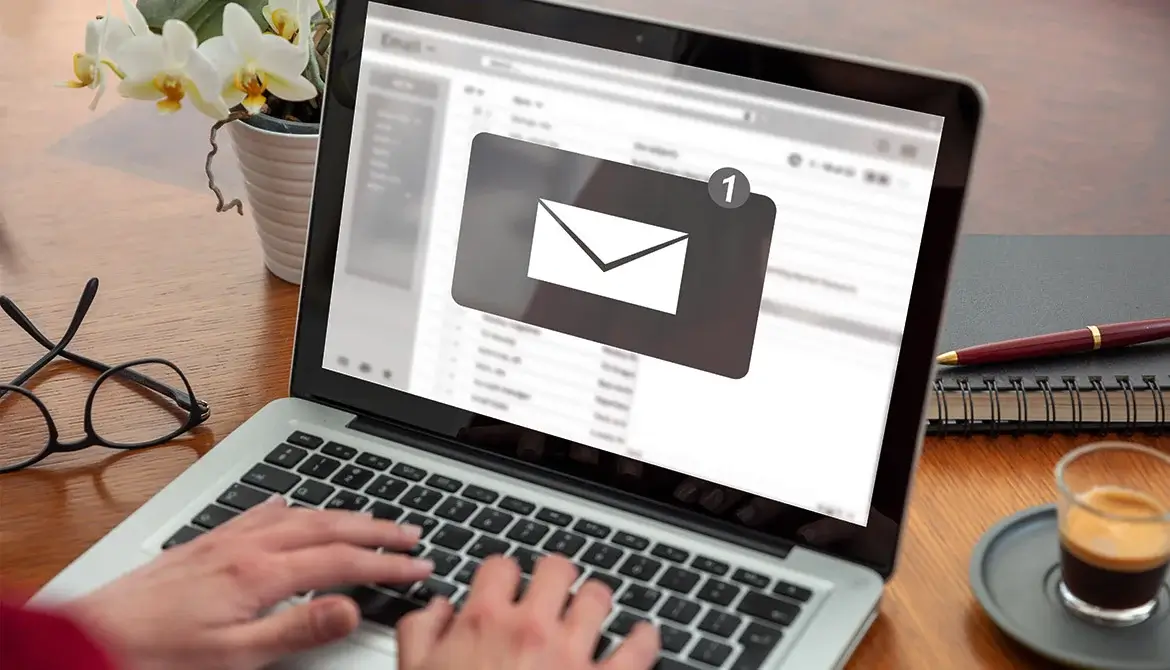
Today we are going to learn about a topic that should put us on alert: the phishing.
This is a technique that consists of sending an email to a user pretending to be a known entity (social network, bank, public institution, etc.) with the aim of stealing private information, making a financial charge or infecting the device ( computer or cell phone) to access your browsing data. The ultimate purpose will always be to rob you.
To do this, cybercriminals attach infected files or links to fraudulent pages in emails or appear as a result of Google searches (among the ads that appear at the beginning).
How does phishing add more scam victims every day?
Basically, phishing is used by cybercriminals to obtain users' personal and banking information, impersonating a respectable institution like Coopealianza, and with that information, access their accounts and empty them.
Unfortunately, every day there are more cases of people who are victims of this type of fraud and scams; people who, without fault, put their personal and bank details at risk, losing a lot of money.
Can you imagine that one day you decide to Google the name of Coopealianza, click on the first result that appears – without noticing that the URL is not correct – and place your data on an illegitimate website for a few hours later to discover that all your savings have disappeared?
It is a feeling of emptiness, helplessness, frustration, insecurity and anger. Unscrupulous people took your money and disappeared without you being able to do anything to get it back because it was finally you who shared your data.
Tips to prevent being a victim of virtual scams
To prevent a virtual scam or phishing, today we want to share some recommendations that you can follow while making transactions online:
- Use trusted browsers, capable of blocking most threats.
- Have excellent performance antivirus on your computer and cell phone.
- Check that the URL is correct. It may be that the link includes the name of the bank or cooperative, but with additional words or symbols.
- They have writing problems, spelling errors or inconsistencies in the texts.
- They do not use security protocol. That is, the URL does not start with https://
- The website does not correspond to the official logos and colors of the entity.
Remember, yes, that every day these types of fake websites and fictitious emails are more elaborate and sophisticated. Many actually look authentic so you have to be very alert.
The only Coopealianza website is https://coopealianza.fi.cr/ and we will never send emails or make phone calls requesting personal information, passwords or access codes to your accounts. ohContact Us if you have any questions or think you have been the victim of a virtual scam!

